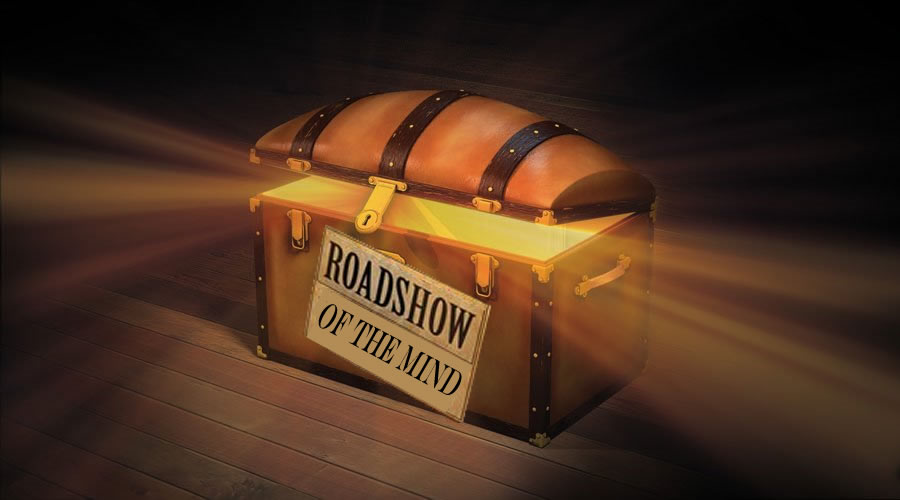New Year’s Roadshow of the Mind
Hindsight knocks us over each New Year’s Eve. Television, radio, RSS feeds, and tweets bombard us with “top ten most important” lists to summarize the closing year or decade. And older we get, the more tempting it is to build retrospective castles of glistening memories, assuming that an Antiques Roadshow of the Mind will somehow locate unexpected value amid our mental junk. Yes, time generates perspective, but it is rarely unique or profound. Our New Year’s reflection is no more powerful than what occurs on a daily or monthly basis in classrooms of sixth graders. For us, the realizations may be new and the insights fascinating, but to others they are old hat.
What moves a glimmer of reflective thought from ho-hum to the Roadshow of the Mind Highlights Edition is one of three things: timing, audience, or true uniqueness. The same three make the difference between ho-hum classroom learning and moments that can change a kid’s life of learning. So humor me by considering my comparison of Roadshow reflections with what learning can be.
Timing
Sometimes we just happen to think the right thing at the right time when the supply is low, the commodity desirable, or the interest “in vogue.” Any New Year’s reflection or decade summary that includes a perspective about globalization, green technologies, or diversity will sell well today. The “auction value” of these thoughts and concepts is very high right now. For a student who masters new classroom concepts and relates it to any of these (or other) timely topics, the learning is more important. It may even help him/her seek a new path in life. Timing can take a personal reflection beyond a simple New Years or classroom experience to a new plain.
Audience
The appraisers will tell you that if no one comes to the auction, even your greatest mental treasure will not have any value. If you share your thoughts on the closing decade with no one but your best friend, these thoughts have little worth beyond the mundane. You may find yourself yelling at the television when some highly-paid commentator says the same thing, but YOUR auction did not even draw any bids for those treasured thoughts. If a sixth grader tells the teacher what he learned by making a cool multimedia comparison of the 1960s and the 1920s, it is just another gen without bidders. (My New Year’s reflection in this post is another reflection with limited audience and bidders.)
True (or likely) Uniqueness
You and I and our sixth grader buddies have little control over whether our thoughts are unique. To us, they are. My reflections here comparing New Year’s retrospectives to classroom experiences or Roadshows of the Mind seem unique to me, but more than likely, they are just a remix or coincidental restatement of what others are tweeting otr telling their best friend as I type. We’d all like to think we are unique, but uniqueness depends on circumstances well beyond our view. The Internet allows us to throw things out there to the wise crowd to assess uniqueness by user-generated “research.” Positive comments, such as a Roadshow appraiser stating he has never heard anything like it in this color or size, can add value to my reflections by increasing their likely uniqueness. But “true” uniqueness cannot be proven. Only a wide net of appraisers can generate some sort of standard of uniqueness. Wonderfully this decade, that network now includes more “us” than it ever has. Here you and I and our sixth graders work together.
So, as you add to “top ten most important ideas” list of the closing decade, don’t forget to add the sixth graders who include timely topics within their new realizations, share their ideas with audiences beyond their teacher, and even take the time to rate the uniqueness of blog posts like mine and yours along with their own.





